Not too far from the international hustle and bustle of the COP26 Blue Zone and Green Zone, in what might be termed the Earth Zone, something very quiet happened on Wednesday, 10th November: a tree was planted into the soil of Toryglen Park. Nothing unusual there, perhaps one may say.
Surprisingly however, this small, bare sapling was the focus during nearly two wonderful hours of storytelling, comment, thoughtfulness and ceremony, with contributions from those who carried it to Glasgow on foot, from COP26 delegates from the global south who’ve planted many a tree, from local community and faith leaders amongst others. How so? It’s just a tree…. But these days especially, the importance of trees and treeplanting is widely recognised as a crucial means to oppose climate breakdown; and for thousands of years the ‘tree of life’ has been seen worldwide as of symbolic importance. Besides, this particular tree is special.
Had you been in George Square at the heart of central Glasgow last Sunday, you would have seen this “wee sapling which doesn’t look like much” onstage for the whole hour of the Interfaith Vigil, as leaders from each faith took turns standing by its side to address the large audience of faith organisations from across the country, speaking about climate change at the start of COP26 summit. That description came from Dr. Maureen Sier, chair of the event and of Interfaith Scotland which organised it. She continued: “But the ginkgo biloba tree is a survivor, 290 million years old! There are fossils in museums of the same leaf. After the atomic bomb that destroyed Hiroshima there were six ginkgo trees that survived and are still standing. This blessed tree, this ginkgo sapling, has been carried by some of the many pilgrims who journeyed to be with us for this historic summit, to whom I say welcome, welcome, welcome!”
Using the ‘wee sapling’ as a keynote to open the event, she concluded “It will be planted in Toryglen to commemorate the coming-together of global humanity at COP26, to find our way forward for life on earth. This symbol of nature’s ability to survive and heal reflects our vision for a deep spiritual healing for humanity and our relationship with this one precious Earth.”
On September 14th a band of climate-action pilgrims set out from Hereford on the ‘Marches Camino’, carrying this small ‘GinkGoToGlasgow’ sapling – blessed at departure by the Bishop of Hereford and local interfaith leaders, destination Glasgow COP26. These ‘caministas’ from XR Marches joined others walking from Bristol and together reached Birmingham on 20th September from where the ginkgo continued its journey northwards carried by walkers from the CaminoToCOP who had set off from London. During a journey of over 350 miles up hill and down dale through some of Britain’s most picturesque and arduous landscapes, it was ‘blessed’ on many occasions by faith leaders and their communities through which it passed, and by those who carried and cared for it daily. The tree is therefore imbued with the positive intentions, efforts and blessings of many met along the way.
On every level therefore, it is a special tree, being planted at a special time as COP26 enters its final days. The event on Wednesday 10th November was attended by MP Alison Thewliss, by global south activist Liz Wathuti – Wangari Maathai scholar and tree-planter extraordinaire – and by chair of Interfaith Glasgow Philip Mendelsohn, along with community members, caministas and COP26 activists. Richard Jackson, Bishop of Hereford, who blessed the tree before its long journey, sent a special video of support and encouragement. Together, those present contributed towards a ceremony aimed at bringing out the ‘faith in a better future for all life’ message which the sapling symbolises, and embedded this literally and figuratively through planting this very special tree in Glasgow soil.
Dr. Gemma Jennings of Glasgow environmental organisation Urban Roots explained why they and other community stakeholders were enthusiastic about the project and happy to provide a site: “Over the last ten years we’ve worked with local communities to transform this land from a poor state into the amenity parkland you see today, and to help improve the wellbeing of local people who’ve often been disadvantaged. Climate change will affect communities here at least as much as elsewhere, but many do not yet recognise this. Hosting this tree enables us to celebrate the environmental gains already achieved, create greater awareness and understanding of COP26, and to engage people in considering what more needs doing to meet the oncoming challenges of climate emergency. Building faith in the future is an important message for us and the ginkgo symbolises this.

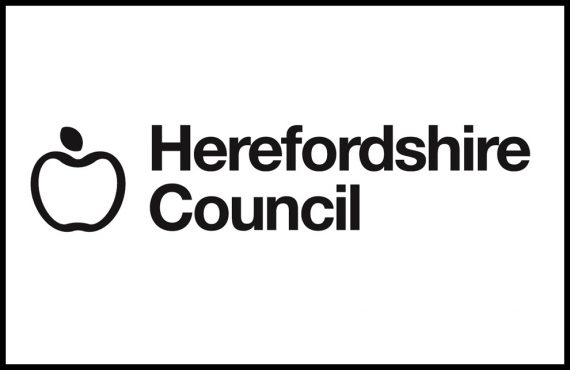








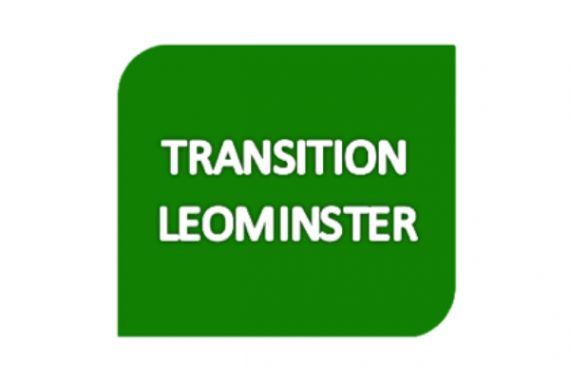
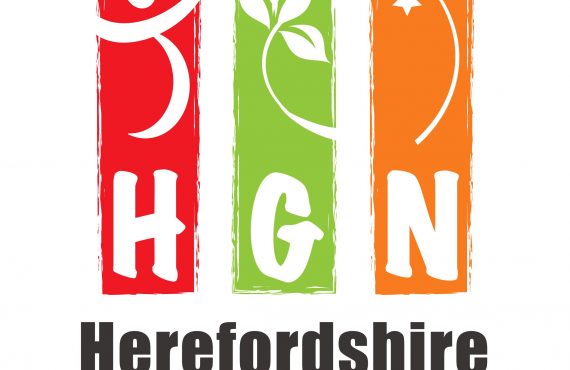

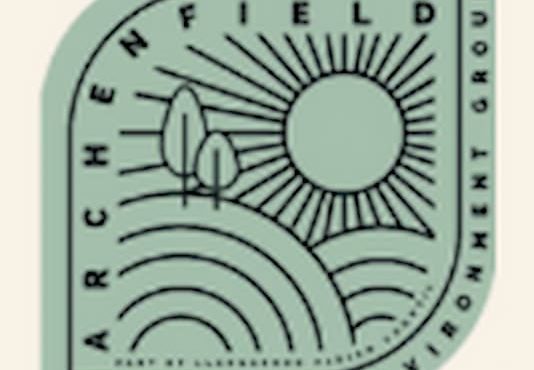




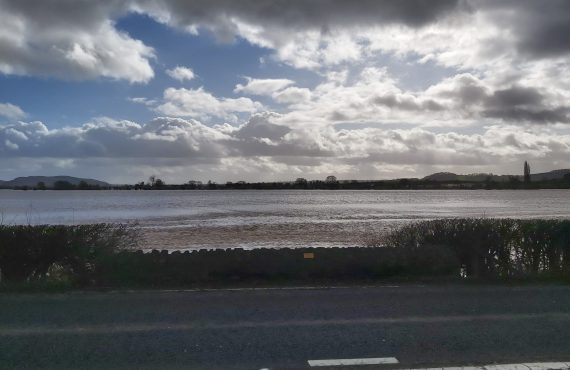





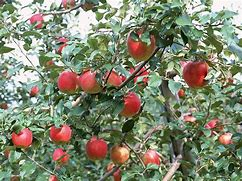





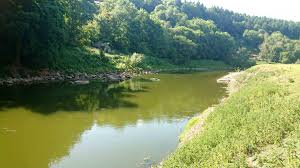
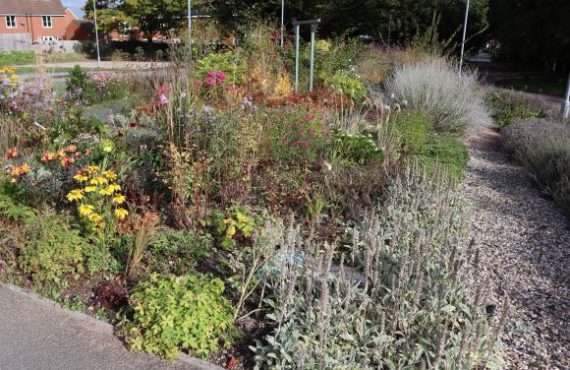

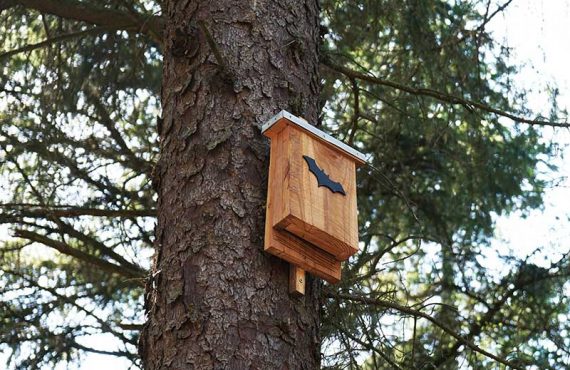

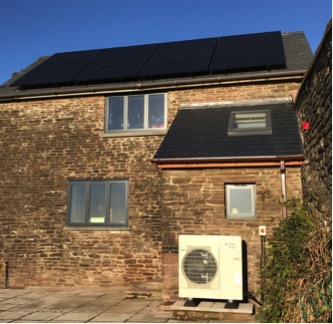

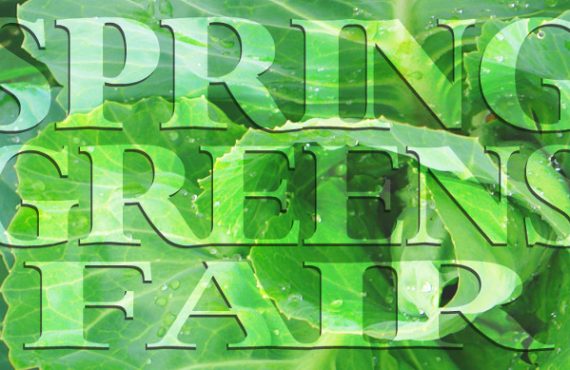
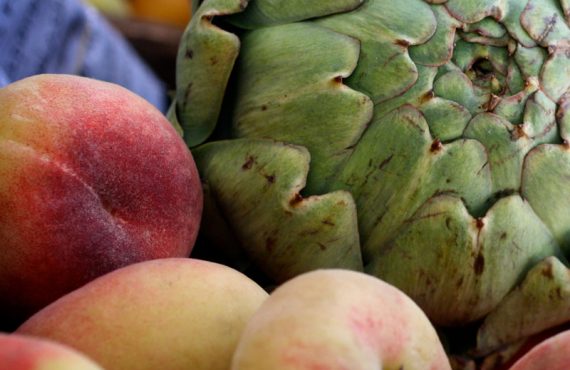
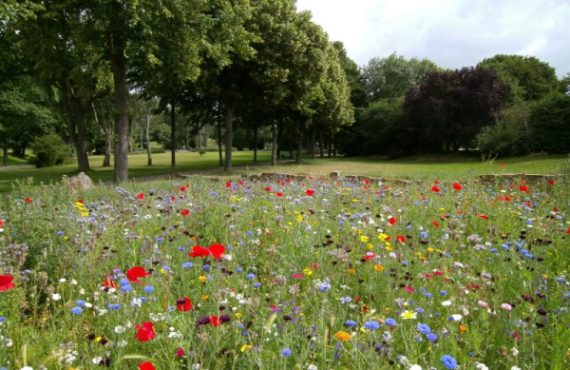
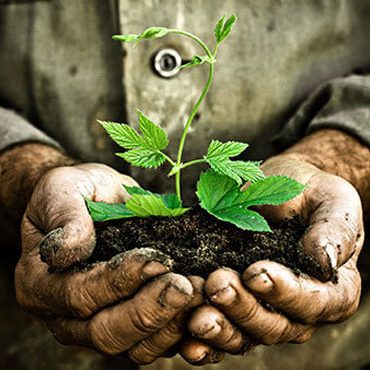

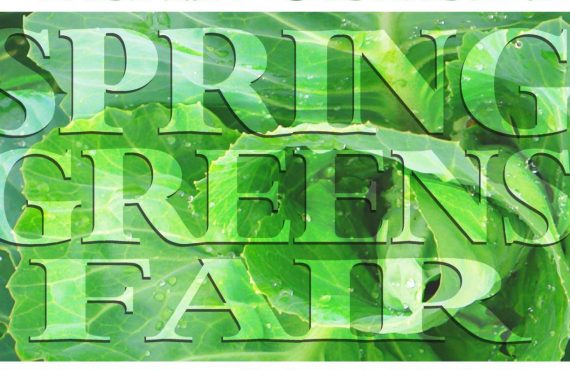

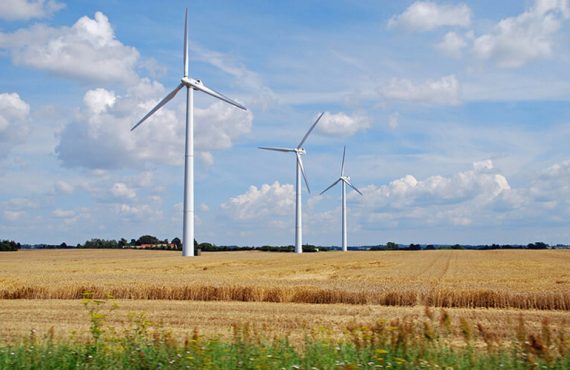
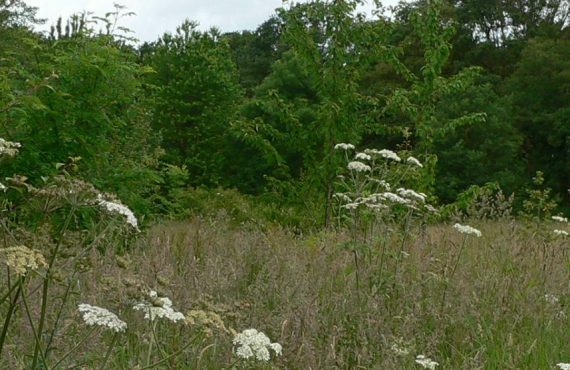




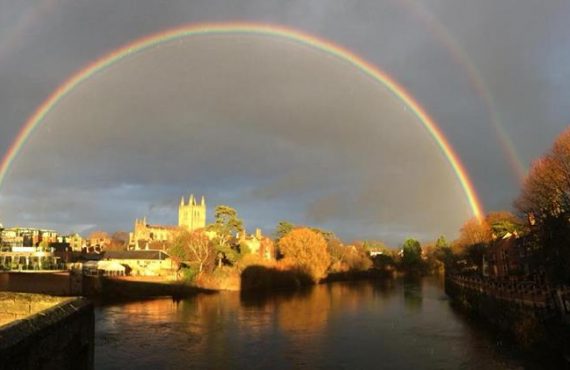




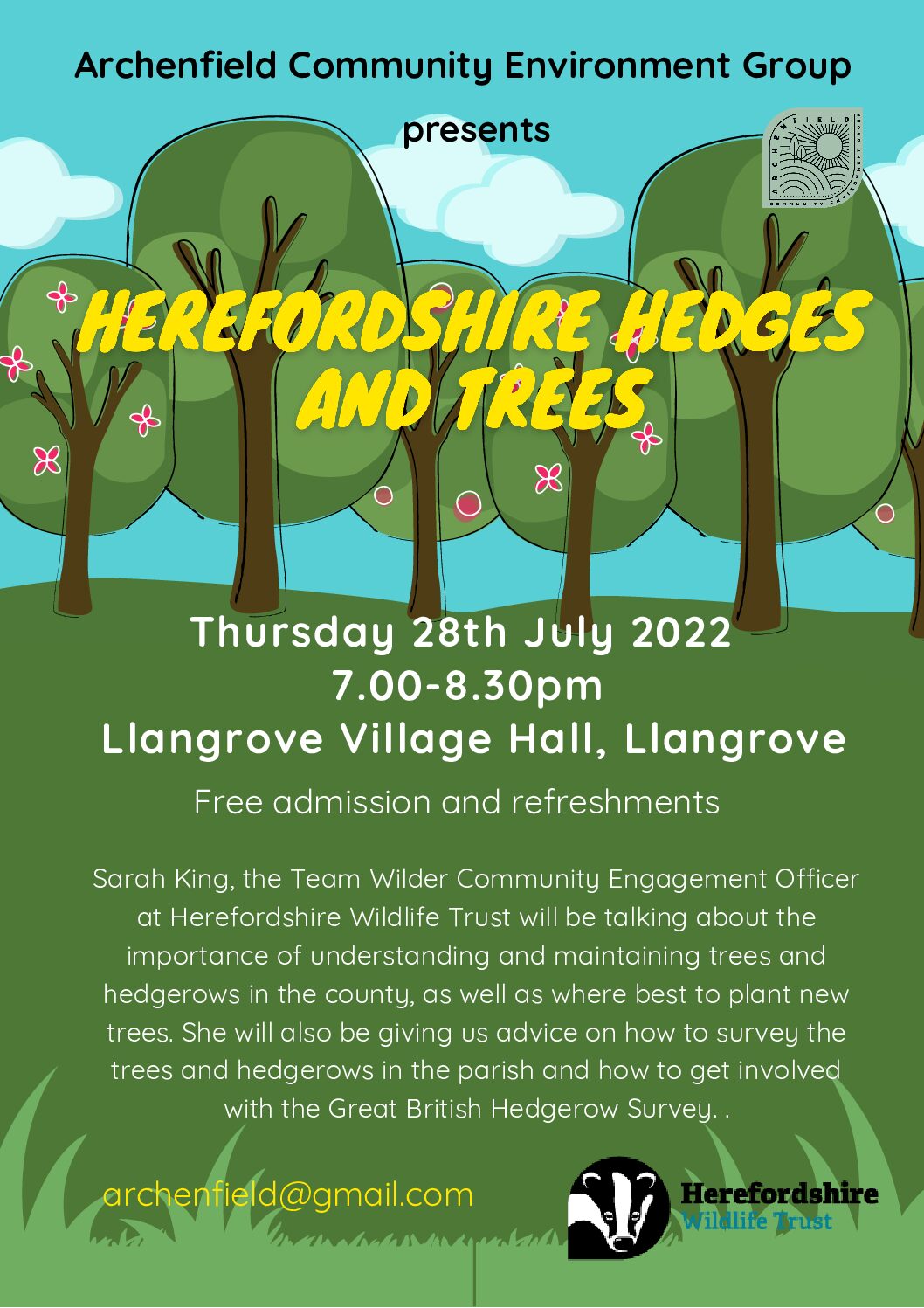



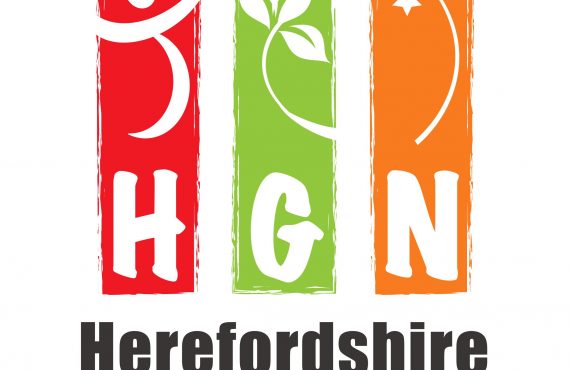



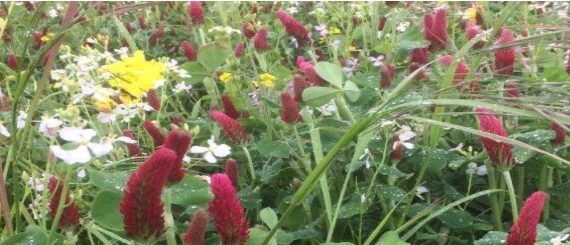
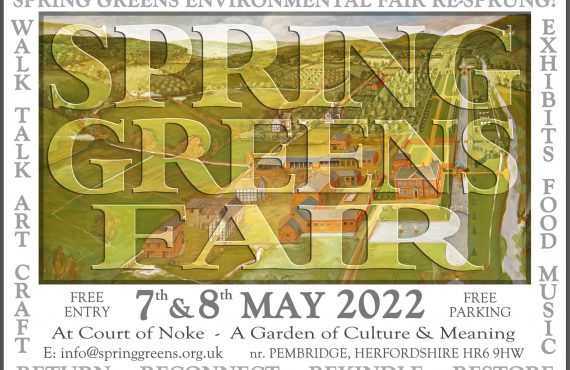

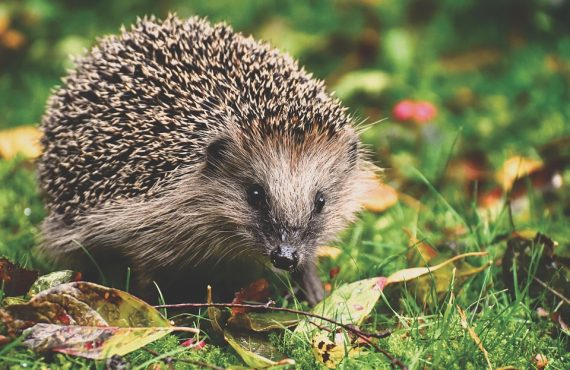
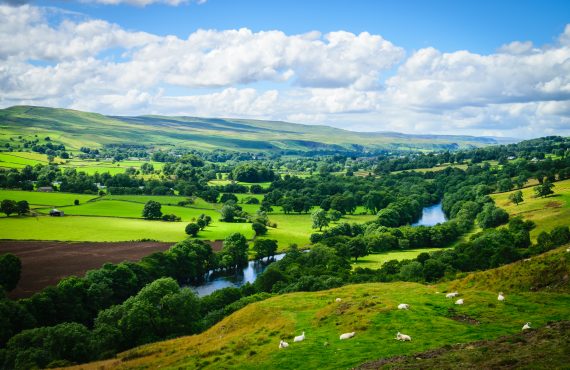




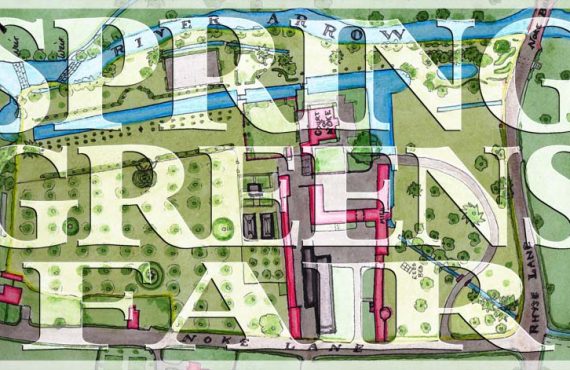
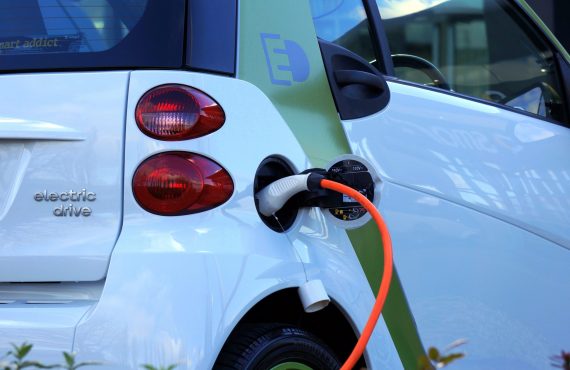



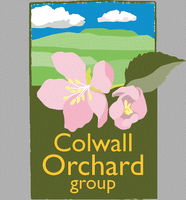
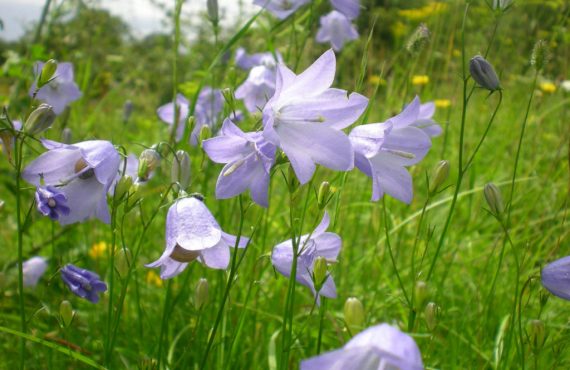










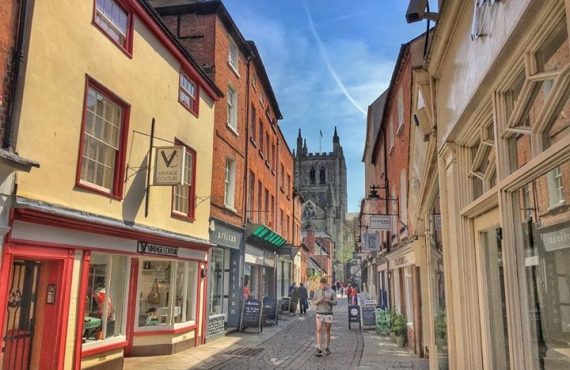


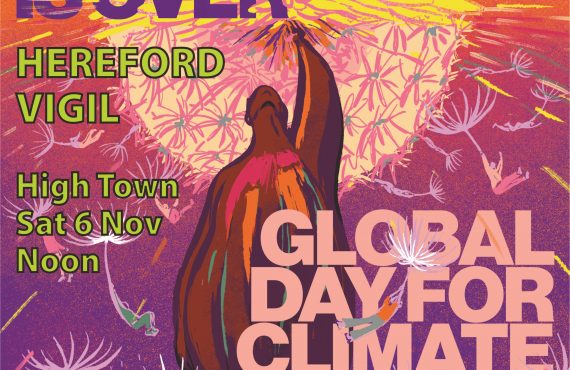
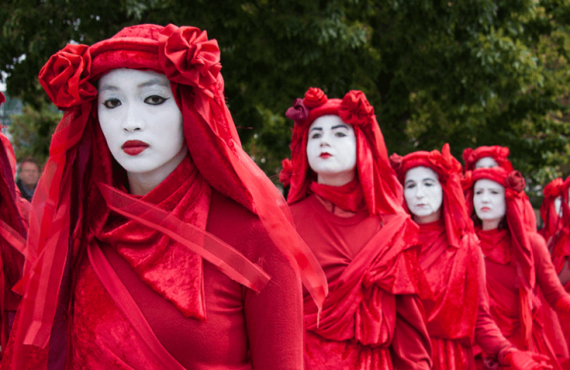
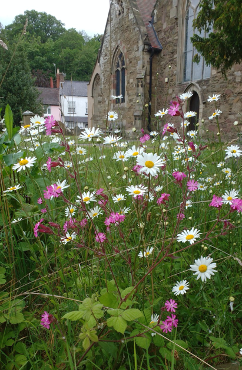



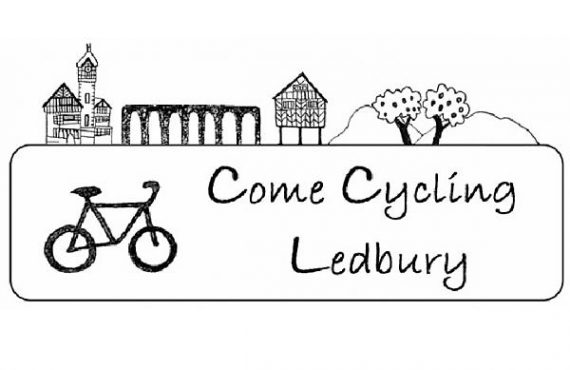







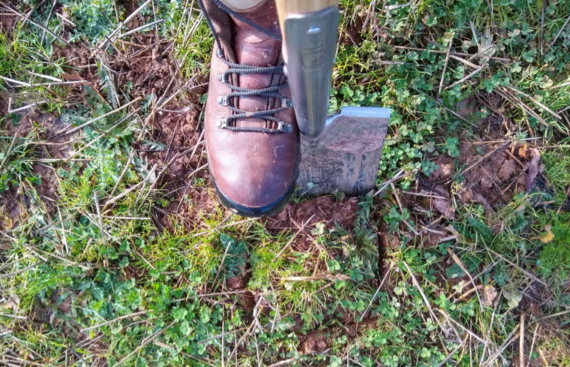
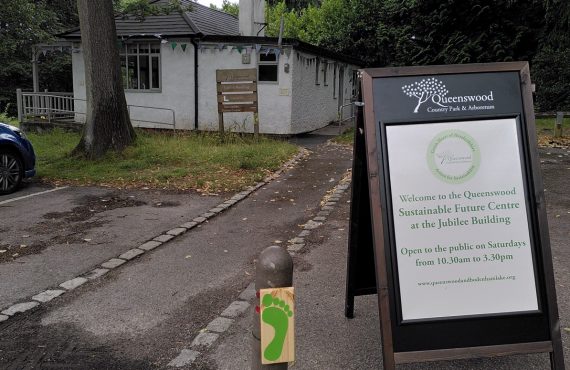


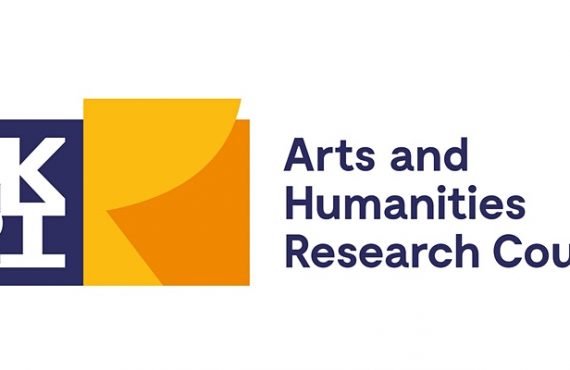

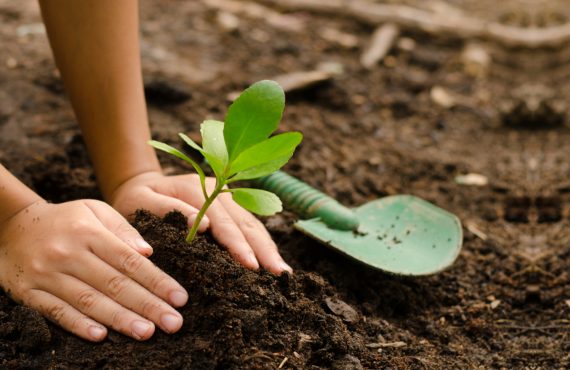



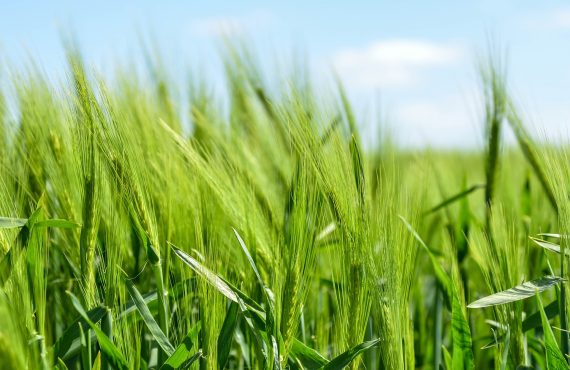


No comments yet.